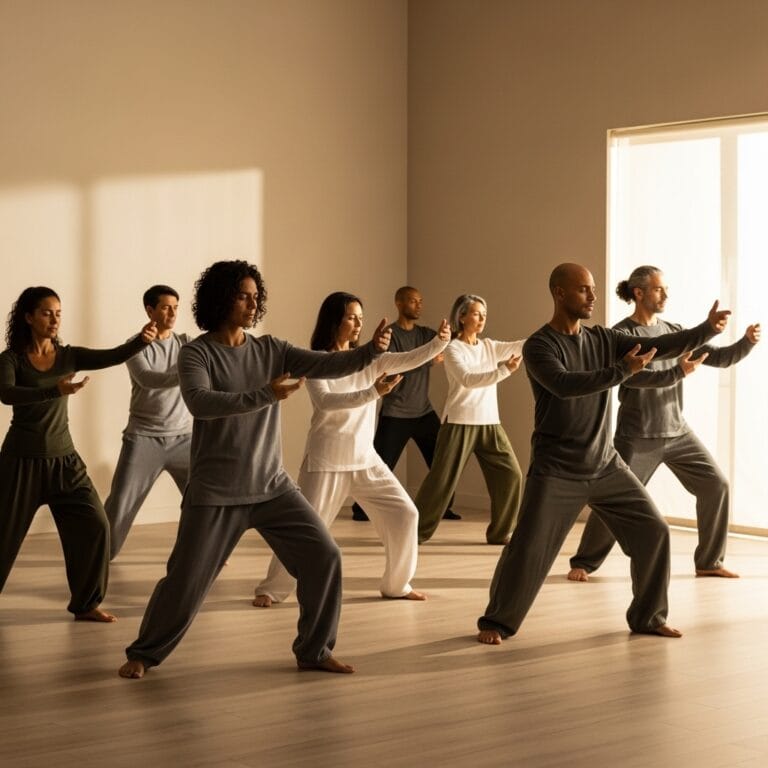FREE SHIPPING OVER $50
Unlock Your Best Workout: Cardio Before or After Weights? The Surprising Truth from New Research

It’s one of the oldest debates in the gym, sparking conversations and confusion among fitness enthusiasts everywhere: should you hit the treadmill before or after you lift weights? For years, people have sworn by one method or the other, often based on anecdotal evidence or what simply “felt right.” But in the world of fitness, relying on guesswork isn’t always the path to your best results.
If you’ve ever found yourself pondering this exact question, wondering if you’re truly optimizing your workout for your specific fitness goals, you’re in luck. New research is finally shedding clear light on this persistent gym dilemma, offering a nuanced answer that might just surprise you. No more guessing games! We’re here to dive into the science and help you truly unlock your best workout by understanding the truth about cardio before or after weights.
Why Does Workout Order Even Matter?
On the surface, it might seem trivial. You’re doing the work, right? Whether you run and then lift, or lift and then run, shouldn’t it all just balance out? Not quite. The order of your workout can significantly impact your performance, muscle growth, strength gains, fat loss, and even your recovery.
This is because your body has finite energy resources and adapts specifically to the type of stress you place on it. When you combine different types of exercise, like resistance training (lifting weights) and aerobic training (cardio), it’s known as concurrent training. The big question revolves around a potential “interference effect,” where one form of exercise might negatively impact the adaptations from the other.
Let’s quickly look at the traditional arguments for each side:
The Case for Cardio FIRST:
- Warm-up: Many argue that a light cardio session effectively warms up your muscles and gets your blood flowing, preparing your body for heavier lifting.
- Mental Readiness: Some find that getting their cardio done first clears their head and gets them energized for the weights session.
- Prioritizing Endurance: If your primary goal is to improve your endurance (say, for a race or sport), tackling your cardio when you’re freshest makes sense.
However, the downside here is that a long or intense cardio session can deplete your muscle glycogen (your primary fuel source for heavy lifting) and cause significant fatigue, potentially reducing your strength and ability to lift heavy weights effectively.
The Case for Cardio AFTER Weights:
- Maximize Strength and Muscle Gains: The prevailing wisdom has been that you should perform your resistance training when you’re fresh, allowing you to lift heavier weights and complete more reps, which is crucial for strength and muscle building (hypertrophy).
- Enhanced Fat Burning: Once your muscle glycogen stores are somewhat depleted from weightlifting, your body might be more inclined to tap into fat stores for energy during subsequent cardio, theoretically boosting fat loss.
- Cool-Down: A light cardio session can serve as an effective cool-down, helping to flush out metabolic byproducts and aid recovery.
The potential drawback is that you might feel more fatigued after an intense weightlifting session, making your cardio feel harder or less effective.
The Surprising Truth from New Research: It Depends on Your Goal!
Here’s where new research steps in and offers a more nuanced, evidence-based answer. Instead of a one-size-fits-all rule, the “best” order for cardio before or after weights truly depends on your specific fitness goals. Recent studies on concurrent training consistently show that the interference effect is real, especially when cardio is performed before resistance training under certain conditions.
Key Insight from Research: If your primary goal is to maximize strength or muscle growth (hypertrophy), performing moderate to high-intensity cardio before your weightlifting session can blunt your ability to gain strength and build muscle. This is because it can lead to:
- Pre-fatigue: Your muscles are already tired before you even start lifting.
- Reduced Power Output: You simply can’t lift as heavy or as explosively.
- Compromised Muscle Protein Synthesis: The signals for muscle growth might not be as strong when you start your weight training, already depleted.
However, the type and duration of cardio matter. A short (5-10 minute), low-intensity cardio warm-up is generally fine and even beneficial. It’s the longer, more intense cardio sessions that tend to interfere with strength and hypertrophy goals.
Optimizing Your Workout for Specific Goals: The Best Order Revealed
Let’s break down the optimal approach based on what you’re aiming to achieve in your fitness journey:
1. Goal: Maximize Strength & Muscle Growth (Hypertrophy)
If building strength and muscle mass is your top priority, you should prioritize your resistance training.
- Recommendation: Lift Weights FIRST. Tackle your weightlifting session when you are fresh and have maximum energy. This allows you to lift heavier, maintain proper form, and perform more reps, which are all critical for stimulating muscle growth and strength gains.
- Cardio After (or Separated): If you still want to incorporate cardio, do it after your weightlifting session. Keep it moderate in intensity and duration. Even better, consider separating your cardio and weightlifting sessions by several hours, or even performing them on different days if your schedule allows. This minimizes the interference effect and gives your body time to recover and adapt to each type of exercise.
- Pre-Workout Cardio: A very light, short (5-10 minute) cardio session can serve as a warm-up, but avoid anything that will significantly fatigue your muscles.
2. Goal: Fat Loss & Body Composition
For fat loss, the picture is a bit more flexible, but strategy still matters. Your overall calorie deficit and total exercise volume are the biggest drivers here.
- Recommendation: Either Order Can Work, But Consider After: Performing cardio after weights might offer a slight advantage for fat burning, as your muscle glycogen stores could be somewhat depleted, encouraging your body to tap into fat reserves for fuel during the cardio session.
- HIIT is Your Friend: High-intensity interval training (HIIT) is incredibly effective for fat loss and can be done effectively whether before or after weights, or on separate days. If doing HIIT before weights, ensure it’s not so intense that it compromises your lifting form or strength.
- Listen to Your Energy: If you find yourself too fatigued after lifting to give your cardio a good effort, consider doing cardio on separate days or adjusting its intensity.
3. Goal: Improve Endurance Performance (Running, Cycling, etc.)
If you’re training for a race, a marathon, or simply want to boost your cardiovascular health and stamina, your endurance training takes precedence.
- Recommendation: Cardio FIRST. If your main goal is to improve your running speed or cycling distance, perform your cardio session when you are freshest. This allows you to push your limits, maintain your desired pace, and achieve your endurance targets.
- Weights as Supplemental Training: Use weightlifting as a supplementary activity to build strength, prevent injuries, and improve performance in your chosen endurance sport. You can do weights after your cardio, or on separate days. The key is that your cardio effort is not compromised by pre-fatigue from lifting.
4. Goal: General Fitness & Overall Health
If your aim is simply to maintain good overall fitness, improve heart health, and feel good, the specific order becomes less critical, but consistency remains king.
- Recommendation: Do What You Enjoy & What You’ll Stick To. The most important thing is to get both cardio and resistance training into your routine consistently.
- Flexibility: You can alternate days, do them in the same session (in either order), or mix it up based on how you feel. A light cardio warm-up before weights is always a good idea.
- Focus on Consistency: Don’t get bogged down in the perfect order if it makes your workout less enjoyable or harder to commit to. Just ensure you are getting both types of exercise.
Final Thoughts
The truth about cardio before or after weights isn’t a single, rigid rule. It’s a nuanced understanding that empowers you to tailor your workout strategy to your unique fitness goals. While the research suggests that lifting weights first is often superior for maximizing strength and muscle growth, the best approach ultimately depends on what you’re trying to achieve.
By understanding the science behind concurrent training and aligning your workout order with your priorities, you can stop the guesswork and start making smarter, more effective choices in the gym. This knowledge allows you to truly unlock your best workout, pushing towards your fitness goals with confidence and efficiency. Go ahead, apply these insights, and feel the difference in your performance and results!
Related Articles
- Can YOU Bench 225 Lbs? The True Benchmark of Strength (Are You Strong Enough?)
- Torch Your Glutes With This Physical Therapist-Approved Workout Finisher
- Master Pull-ups & Forge a Monster Back: The 10-Minute Daily Method No One Tells You!
- The Only 5 Exercises You Need, According to Top Trainers, for Peak Strength & Fitness
- Engineer Your Core: The Science-Backed Plan for Next-Level Ab Strength & Stability



